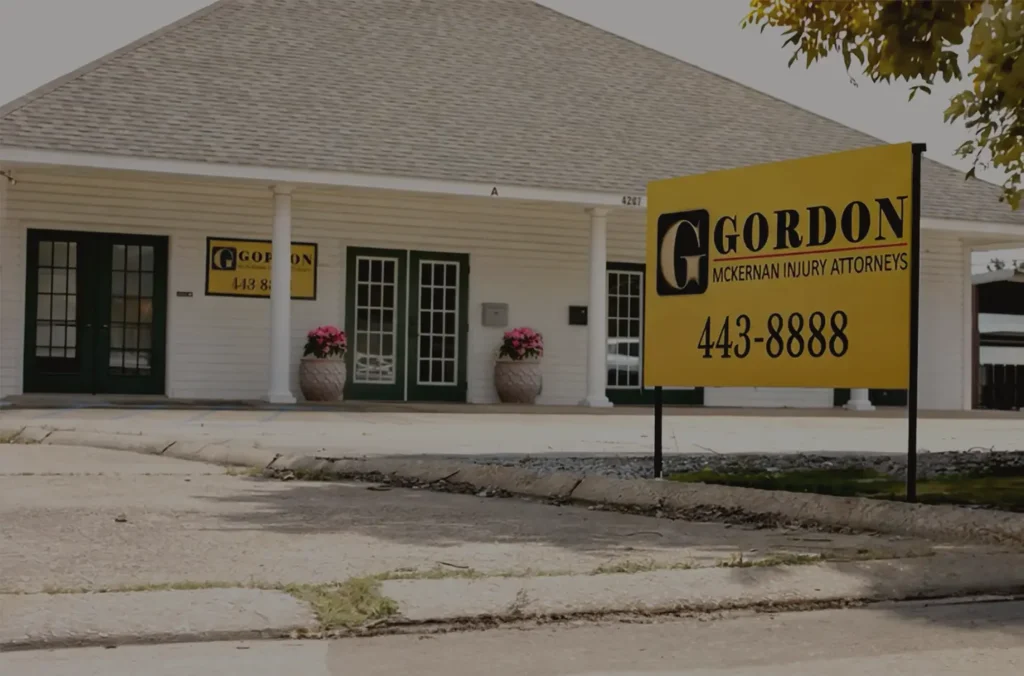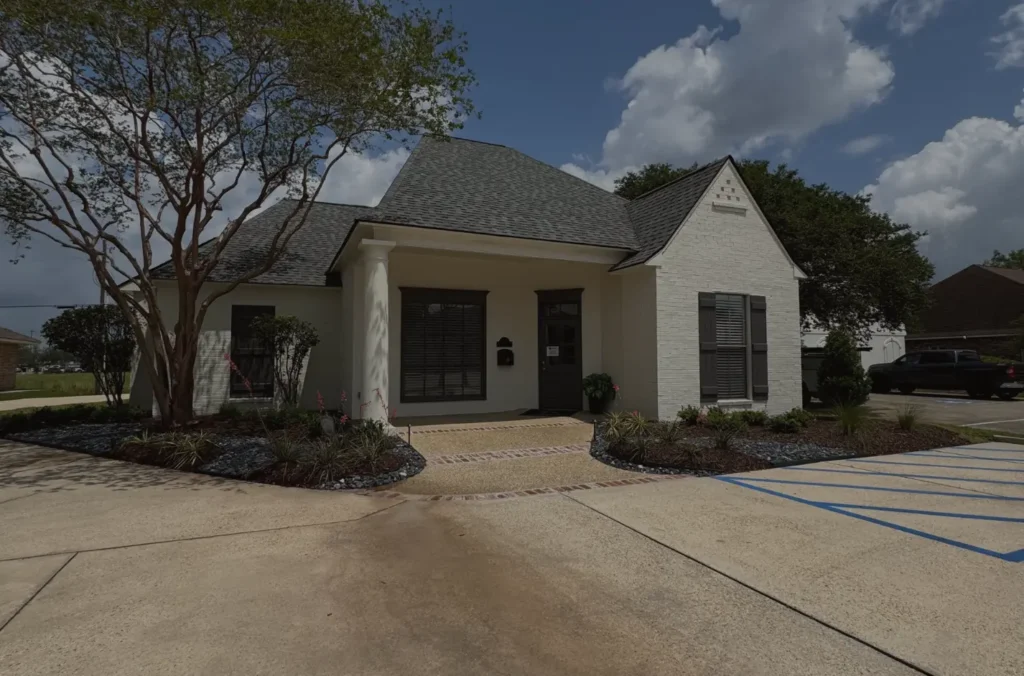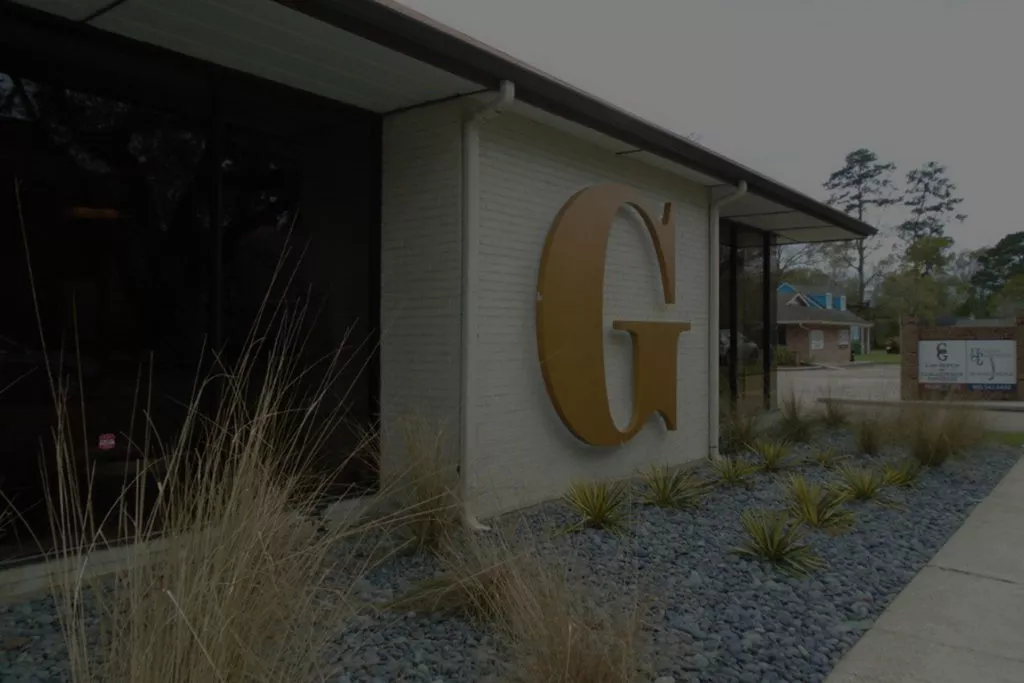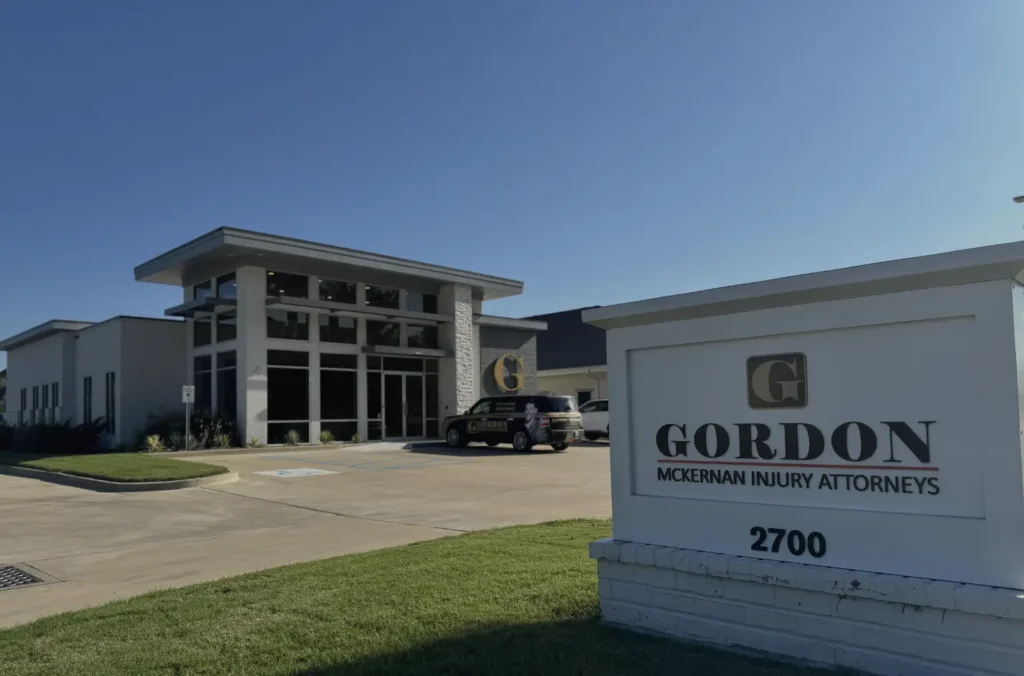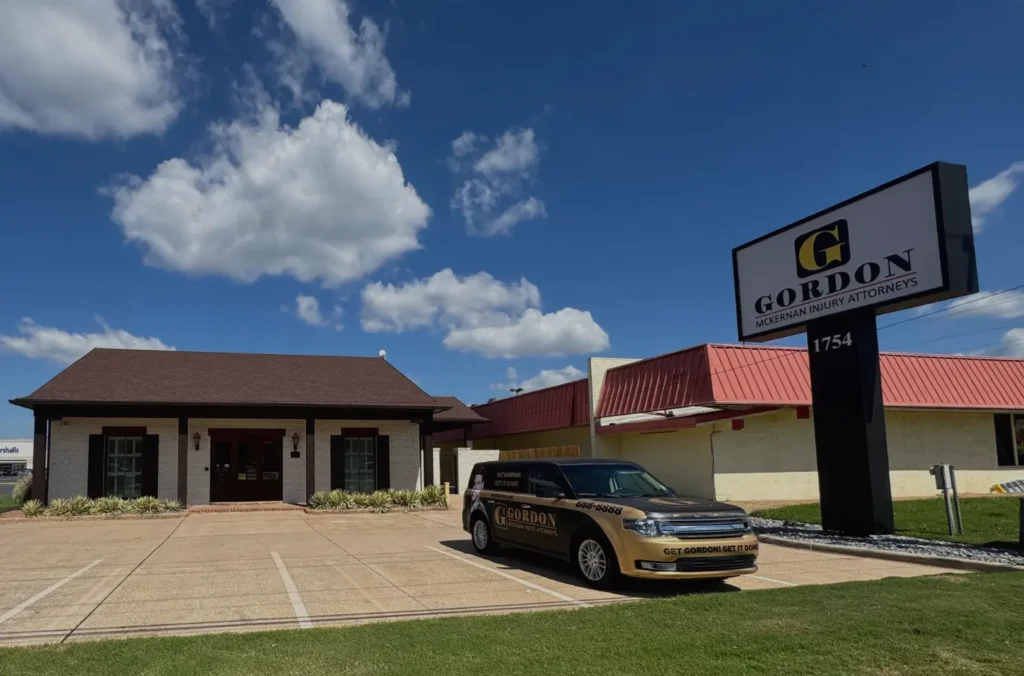Common Causes of Burn Injuries
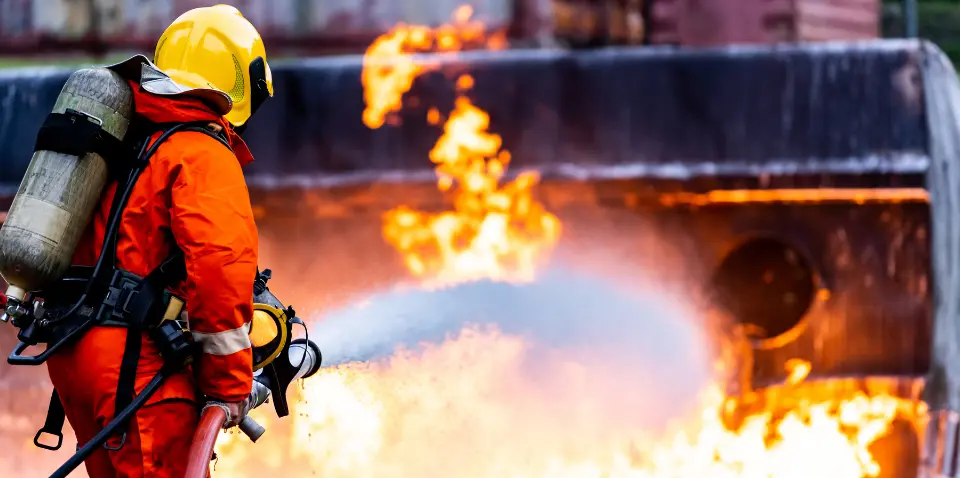
If you’ve ever accidentally touched a sizzling stovetop or stayed in the sun too long without protection, you’ve felt a burn sting. But what most people don’t realize is how fast that pain can go from a surface wound to something far more serious. Burn injuries can turn your entire life upside down, leaving not only scars on the skin but trauma that lingers beneath it.
At Gordon McKernan Injury Attorneys, we meet people daily who never expected to be navigating recovery after a burn. Whether it’s scarring, nerve damage, or the emotional toll of being pulled away from your everyday life, this kind of injury can change everything. If you are dealing with the aftermath of a serious accident, our personal injury lawyers are ready to help you take the next step.
Understanding the Types of Burn Injuries
Thermal Burns
We tend to think of thermal burns first: a burst of flames, a splash of boiling water, a sunburn from a day spent outdoors without sunscreen. These injuries often happen in the blink of an eye, yet the pain can linger for weeks or months. Accidents involving gas explosions or household fires are common sources of these injuries, but thermal burns also result from vehicle crashes, cooking mishaps, or even industrial equipment malfunctions.
Many people don’t realize how quickly heat can damage the body. The higher the temperature and the longer your skin is exposed, the deeper the burn can reach. In thermal burn accidents causes, even a few seconds of exposure can result in severe trauma. We’ve helped clients recover from injuries that started as minor accidents but escalated into medical emergencies. If your injury involved car fire injuries or flames caused by faulty vehicle equipment, it’s essential to get legal guidance as soon as possible.
Electrical Burns
Electrical burns are a quiet danger. They might not look severe on the outside, but inside the body, a completely different story unfolds. When electrical current passes through you, it creates internal heat that can damage organs, tear muscle fibers, and cause long-term nerve issues.
These injuries can happen in many everyday situations. Sometimes it’s a child sticking something into an outlet. Sometimes it’s a worker coming into contact with exposed wiring or malfunctioning tools. The visible injury might be small, just a mark where the current entered or exited, but the real damage can be deep and life-threatening. Victims of electrocution often need ongoing treatment and therapy to recover both physically and mentally.
Chemical Burns
Chemical burns bring an entirely different kind of pain. One moment you’re handling a cleaner or industrial product, and the next, your skin is stinging, tingling, or going completely numb. The effects can be instant, or they might creep up slowly, catching you off guard. These injuries often occur in settings like factories, laboratories, and warehouses, where hazardous materials are part of the job.
Common Causes of Chemical Burns
In many chemical exposure burn cases, victims are exposed to strong acids or bases found in products we recognize, like bleach, ammonia, and drain cleaner. But you’ll also find chemical risks in less obvious places like swimming pools, hair products, and even airbags during a collision. The damage depends on how strong the chemical is and how long it stays in contact with the skin. It’s critical to wash off any substance and seek medical help immediately. Legal support can make a huge difference in how you move forward if your burn happened at work or in an industrial setting.
Burn Severity Explained
Degrees of Burn Injuries
Burns are categorized into four degrees, each telling a different story about the extent of the damage. A first-degree burn is usually manageable at home. Think of a mild sunburn that leaves your skin red and sore but heals in a few days. Second-degree burns are more intense. They often blister and leave the skin sensitive to movement or touch, and they can take weeks to recover fully.
Deeper Burn Complications
Then there are third-degree burns. These injuries cut straight through the outer layers of skin and begin affecting the tissues underneath. Nerves may be destroyed, which can be especially dangerous because pain might not be felt at all. Recovery is long, and scars often remain. At the most severe end are fourth-degree burns. These go beyond the skin, damaging muscle, bone, and ligaments. Victims of fourth-degree burns often need amputation and live with permanent changes to their mobility and lifestyle.
When someone suffers a catastrophic injury like this, it’s not just about healing physically. It’s about learning how to live again. That’s where a trusted catastrophic injury lawyer comes in.
What Should I Do If I’m a Burn Injury Victim?
Being burned is more than just a physical trauma. It shakes your sense of security and can disrupt everything you’ve worked for. Suddenly, you’re juggling hospital visits, insurance claims, missed work, and mounting bills. And in the middle of it all, you’re expected to focus on recovery.
We know how overwhelming that can be. At Gordon McKernan Injury Attorneys, we believe no one should face this battle alone. If your injury was caused by someone else’s mistake or carelessness, you deserve the chance to seek justice. Whether you were hurt in a workplace explosion, exposed to toxic chemicals, or suffered car fire injuries, you may be entitled to support for your medical costs, lost wages, and long-term recovery.
Call Gordon McKernan Injury Attorneys today at 888.421.2593
Our experienced burn injury lawyers are here to stand beside you, every step of the way. You don’t need to have all the answers right now. All you need is someone in your corner who understands what you’re going through and knows how to fight for your future.

Office Locations
Denham Springs Personal Injury Attorneys
163 Del Orleans Ave., Denham Springs, LA 70726
Gonzales Personal Injury Attorneys
220 S. Burnside Ave. Gonzales, LA 70737
New Orleans Personal Injury Attorneys
4241 Veterans Memorial Blvd, Suite 15 Metairie, LA 70006
Zachary Personal Injury Attorneys
4361 Main St. Zachary, LA 70791
© 2025 Gordon McKernan Injury Attorneys.

